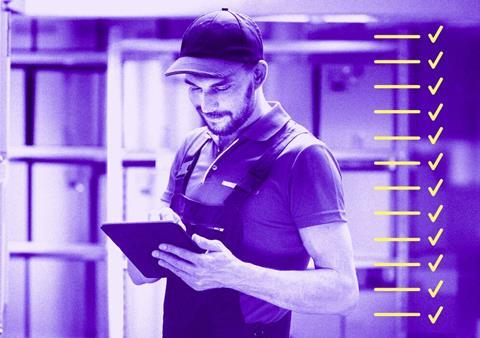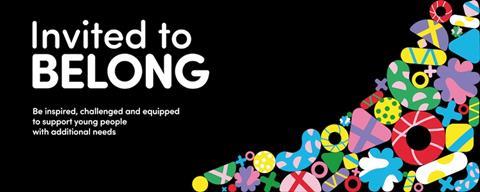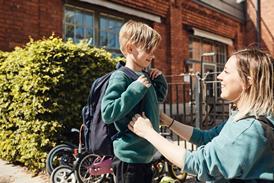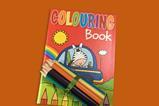Every child and young person needs support to help them learn or engage with activities. Some need additional or different support from those of the same age to ensure that everyone benefits from all they participate in. We want to address some of the important questions around these needs. Welcome to ‘All inclusive’.

It’s that time of year that offers us an opportunity to take stock, review what we do and make changes to improve or develop what we are providing. How about thinking about whether our children’s and youth work, as well as our church provision as a whole, meets the needs of children and young people with additional needs and their families?
One great way to check where we are at with that is to do a simple audit to understand what we are already doing well, what is a ‘work in progress’ and what might need a bit more attention.
Let’s start by checking the place that we meet in. Does it provide an accessible, inclusive environment for everyone? We can also check the programme that we run. Can everyone take part equally and join in with everything?
We can ask some honest questions about ourselves and our teams. Do we need to improve our understanding of additional needs and are there some views that need to change?
To help you carry out an additional needs audit, I’ve created an ‘Additional needs belonging checklist’ that I’ve developed in my role at Urban Saints, and in partnership with Youthscape, for the Invited to Belong resource that we provide.

Ideally you should work through the checklist with someone (or even several people) who journey with disability or additional needs themselves, to ensure their perspective and input is included. The checklist identifies 25 potential barriers that can make it hard for children and young people with additional needs to fully belong in church groups. Examples include practical, building-based issues like fixed seating, loud noise, strong smells (eg a coffee machine) and steps without a ramp.
Also included are programme barriers such as unpredictable programme content, only spoken language (instead of offering visual information, captions or signing where needed) and activities that exclude (such as games where no adaptation has been thought about). In addition, there can be ‘people’ based barriers like ableist language (“Let’s stand to worship”), negative theology (“If they had more faith they would be healed”) and negative culture (those who ‘tut’ and stare when a child is having a meltdown).
Invited to Belong provides further information on each of the 25 barriers, as well as ways to break these barriers down, and as you carry out your audit you may find additional barriers to add to the list. Once you’ve finished your audit you should have a list of areas to work on. Again, include people with experience of disability and additional needs in helping to put a plan for change in place.
Some changes might take some time to plan (eg putting in a ramp or a lift), but there might also be some ‘quick wins’ that can be put in place quickly and easily (for example, providing large print resources if these aren’t already available, or providing a ‘safe space’ for children and young people to use if they are struggling).
The ‘Additional needs belonging checklist’ is something that it is good to review on a regular, perhaps annual basis, to help you to assess what progress has been made, take stock of what still needs to be done and make plans to continue to bring about change. Why not start now and revisit the checklist at the start of each year in the future?
If you would like more help with this, please do contact me and I will be happy to share a few more thoughts about this with you, including how you can access the Invited to Belong:2U associated training programme.











































